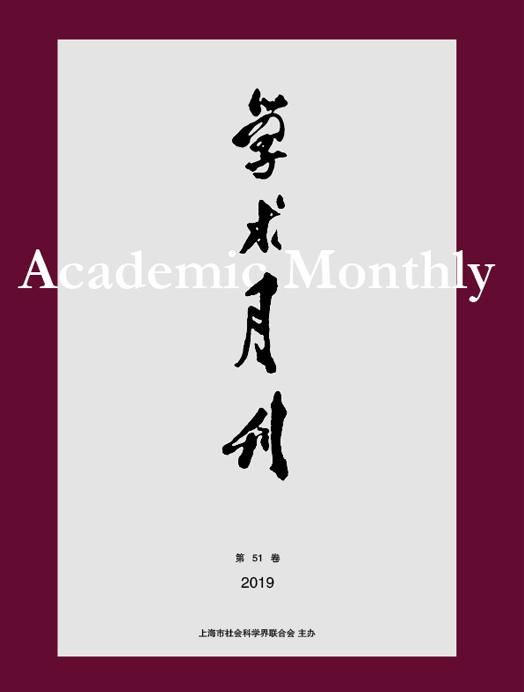The Nature of “Treating Like Cases Alike” and Its Justification
- Available Online: 2021-11-20
Abstract: “Treating like cases alike” is based on specific case trial and evaluation, and is committed to limiting and regulating the judicial discretion in complex cases. The rule of universalization establishes the basis for “treating like cases alike”, and its inherent position in general practice debate enables it to serve as the general grounds for supporting “treating like cases alike”. The public judgment attribute of justice makes judges take “treating like cases alike” as the essential judgment criterion, so as to ensure that the formation of judicial conclusions can not be based on personal preferences or arbitrary decisions without legitimate reasons. “Treating like cases alike” is also the organizational element or structural basis of justice, which has been stipulated in the judicial operation and the procedure of case judgment reasoning. Whether as a binding rule of judicial public judgment or as a constitutive rule of judicial activities, “treating like cases alike” has become a judicial obligation that judges should perform. “Treating like cases alike” has become a judicial obligation, not a legal obligation, but a special moral obligation closely related to the characteristics of judicial functions and judges’ actions. It is an important part of judges’ professional ethics.



 沪公网安备 31010102003103号
沪公网安备 31010102003103号 DownLoad:
DownLoad: